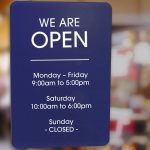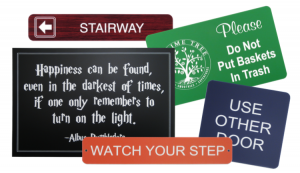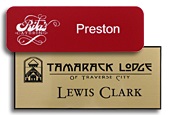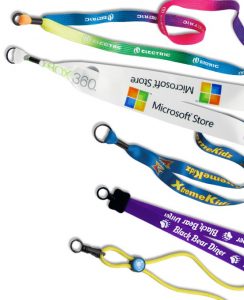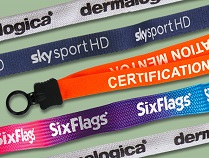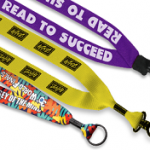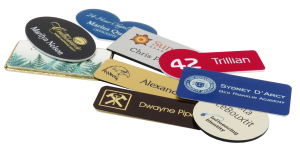People will stay loyal to your nonprofit when they feel like a valuable member of your team. When they see that you care about them as people, they will feel essential. The key to donor retention is getting those supporters to realize just how vital they are to your organization.
Your donors want to make a positive difference in the world, so let them know that they are making that difference. Show they are essential to you by developing a close relationship with them. Tell them what your team has accomplished because of their generous contributions.
Being open on how you spend this money builds trust in your organization. When mentioning your nonprofit’s accomplishments, tell those contributors what their money went toward (e.g., building construction, medical research, scholarships, etc.). It helps them see exactly how their donations improve people’s lives.
These loyal supporters already have a lot of respect and trust for your nonprofit, and often feel emotionally connected to it. The more dedicated they are, the more financially secure your nonprofit becomes. So, your goal is now to turn each new donor into a lifelong partnership. This process is called donor retention. As you focus on retaining support, you will have the funds necessary to make the world a better place.

Building Relationships and Donor Retention
A higher donor retention rate translates directly to higher revenue for a few reasons. First, retaining (them) is substantially less expensive than acquiring new (ones). Second, (these) gifts tend to increase as they develop stronger connections with your (cause). Finally, donor retention leads to a more predictable revenue stream, putting it in a good position to increase steadily.
Donor retention increases when you build strong relationships with those who support your cause. Improve communication and increase engagement using multiple channels. In this article, you will learn how to apply these strategies. But first, you need to understand why these steps are so necessary.
Increasing this retention is more than getting people to donate continually. This is because it also increases revenue as it helps you attract new donors. As current supporters become more passionate about your purpose, they tell their friends about it. Once you build these strong relationships, you will find more people willing to volunteer, start fundraisers and advocate for your cause.
Improve Your Communication
Frequent communication is the key to staying at the forefront of your donors’ minds. Make sure to strike the perfect balance between contacting them frequently and not overloading their inboxes. Every communication you send should include helpful information so you’re not just sending messages solely for the sake of staying in contact.
People give to your nonprofit because something about your cause touches them. Find out what that is by asking them what motivated their donation. Knowing why people contribute to your nonprofit allows you to connect with them on a deeper level.
When you contact these people, make sure your message is personalized. It makes them feel appreciated to be recognized as an individual. Include their name, the amount of money they gave and other details to give your message that personal touch. As you prove how much you value each contribution, you will build a strong relationship with them and gain their loyalty.
Keeping Communication Channels Open
People give to your organization because they are interested in what you do. Keep that interest alive by becoming a valuable source of information for them. From a website and social media to personal messages and letters, communication is key to donor retention.
Communication is also about honesty. Explaining the challenges you face shows donors that you have nothing to hide. If you have successfully built a good relationship with them, they will be willing to help you through difficult times. Let them know what you need, why you need it and how you plan to spend their money.
Website, Social Media & Blogging
One of the best ways to retain your donors is to have a user-friendly website. Make room for a donation link or button on every web page. Many find it useful to include it in the header. Easy access to this form lets people spontaneously give a gift whenever they visit your website.
Make your posts engaging so that others will want to respond and share them. Another way to grab their attention is by posting stories and testimonials. People will feel proud of supporting your organization when they read actual accounts from those you serve. By motivating them to share your content, you keep their interest in your nonprofit alive.
Start and maintain a blog that educates donors on what is happening in the community you serve. Make sure to add new content regularly as consistent posting shows dedication, professionalism and expertise.
Personalized Messaging for Donor Retention
Even with modern technology, you still want to connect on a personal level with those who give to your cause. Start by sending handwritten letters or customized gifts to people who make large donations to your nonprofit. Give them an acrylic desk block or wall plaque that’s custom engraved with an inspirational quote to remind them of the positive impact they have. Go the extra mile and wrap your gifts in ribbons customized with your organization’s name and logo. This extra touch will help donors remember who gave them such a thoughtful gift.
Another great way to reach sponsors is to email them, so take advantage of this communication tool. Send a monthly newsletter that communicates the progress you are making toward your cause. Or tell them about upcoming projects and the problems they can help solve. In each email, share something your nonprofit achieved the previous month. By keeping people informed of what is going well, you build trust in your organization and secure donor loyalty.
Thinking Outside the Box for Donor Retention
When donors see you helping them with their needs, they help you with yours. Send them a quick text message to keep them on track, so they give you the support you need to fulfill your cause. The best thing about text messaging is that you can reach your people wherever they are.
Surveys are also an excellent retention tool because they help you improve people’s experience with your organization. Or keep your audience engaged with an online event such as a webinar or virtual lunch break. Thanks to modern technology, you can host fun online events to help people feel connected to your organization.
Pro Tip: Whenever you are on camera, maintain the same level of professionalism that you would at an in-person event by wearing a name tag.
Donors connect with your nonprofit when you use the communication channels they like most. Unfortunately, not everyone has the same preferences. Some enjoy using social media, while others want a more personal message like a letter. To appeal to all your supporters, reach out to them using multiple communication channels.
Keep your nonprofit in operation through good and bad economic times with a high donor retention rate. If you build a strong relationship with these contributors, improve your communication and use multiple channels, you’ll receive the funds you need to achieve your purpose. Supporters will see why your nonprofit is necessary and trust you to make a positive difference in the world.


